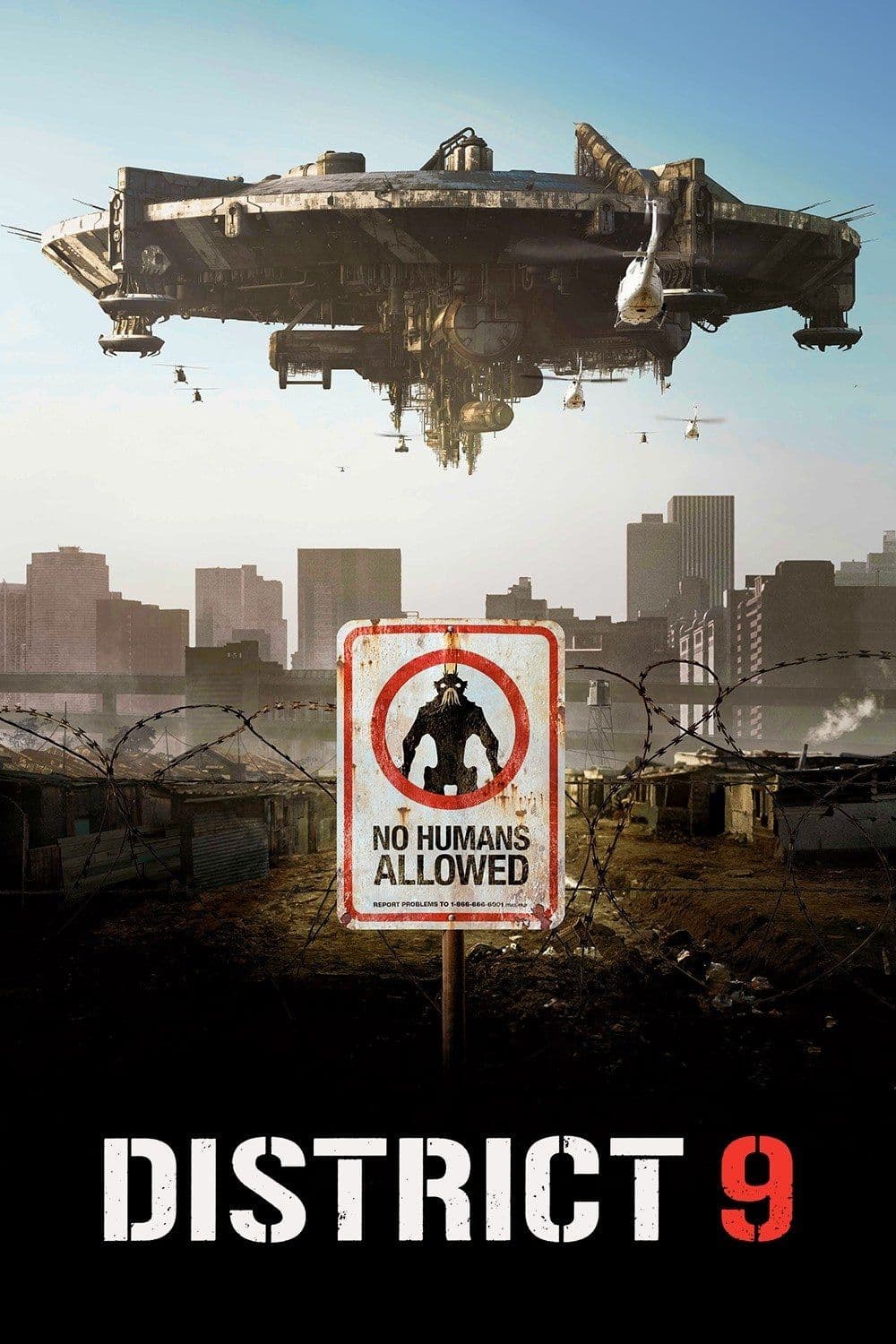
District 9
2009
Rate this movie
Average: 5.00 / 5
(1 votes)
Director
Neill Blomkamp's directorial debut is one of the most terrifying ever. A debut film that doesn't just shake you, but creeps under your skin with the virulence of a disturbing and extremely timely allegory. It's not just the explicit violence or aesthetic repulsion that makes it so, but the ruthless lucidity with which the South African director forces us to confront the most abysmal baseness of human nature.
A film constructed and shot with a disarming naturalness and disenchantment, almost a war reportage or an anthropological documentary set in a dystopian reality, capable of catapulting us into a complex story where human and alien coexist with difficulty on the same earth and where the racial aspect serves as a key to interpreting the drama and the ultimate meaning of this narrative. The adoption of an almost documentary style, with "fictional" interviews with scientists, politicians, and ordinary people, lends a disconcerting veracity to the most fantastical premise, making alien discrimination a chilling echo of dark pages in our history. This approach, partly inherited from the short film that preceded it, "Alive in Joburg," is the true stylistic backbone of the film, a bridge between the fantastical and the tragically real.
After the mysterious arrival of a spaceship on Earth, in one of the most enigmatic and silent first contact scenes ever seen in cinema, things quickly devolved. The alien visitors, immediately pejoratively nicknamed "prawns" for their insectoid appearance, were confined to a kind of ghetto in the suburbs of Cape Town, South Africa. The choice of setting is no coincidence at all, but a narrative and thematic focal point: the rainbow nation, fresh from the scars of apartheid and still grappling with endemic problems of xenophobia and social inequality (especially towards immigrants from other African countries), becomes the ideal stage for this parable of segregation. The shacks of District 9 are not mere backdrops, but visually and thematically recall real townships, evoking poverty and marginalization.
During their stay, they are subjected to intimidating attitudes by humans who oppress the alien population as if they were jailers overseeing a concentration camp. The analogy is explicit and chilling: the concentration camp is no longer just a historical memory, but an always latent possibility, a state of being for anyone perceived as "other." The aliens are not presented as hostile invaders, but as impoverished and disoriented refugees, left to fend for themselves on a hostile planet. Their desperation is palpable, their dignity trampled in every interaction with humans, who see them only as a biological threat or a resource to exploit, reducing them to mere carcasses or guinea pigs for alien weapons.
The story soon takes on the connotations of a squalid racial tale, with the aliens suffering discrimination due to their physical appearance as gigantic carapaces. Their otherness, so radical and non-anthropomorphic, makes their suffering even more uncomfortable for the viewer, challenging the prejudice that often subordinates empathy to similarity. It is in this context of administrative brutality that the figure of Wikus Van De Merwe enters, a bureaucrat initially cowardly and opportunistic, tasked by the armaments company MNU with managing the forced eviction of District 9.
One of the officials in charge of the operation to clear the "prawns'" homes becomes contaminated by a mysterious liquid and begins to transform into one of the beings he was tasked with containing. This metamorphosis is the pulsating heart of the film, a narrative twist that elevates the plot from a simple allegory to a profound existential reflection. Wikus's transformation, from executioner and miniature racist to enduring the very intolerance he once perpetrated, is a terrifying Kafkaesque epiphany. His body deforming, his nails detaching, his arm transforming into an alien limb, is not just physical horror, but a disintegration of identity and social standing, forcing him to see the world through the eyes of the oppressed.
Thus begins his odyssey straddling the two ethnic groups, humans and aliens, until he penetrates the true essence of the visitors and the reason for their arrival. Wikus finds himself an unwilling "bridge," an involuntary ambassador between species, discovering the intelligence, culture, and suffering of beings he had always despised. Christopher Johnson's desperate search, the alien with whom Wikus forms a forced alliance, to return to his planet and save his people, provides the emotional counterpoint and the propulsive thrust to an otherwise bleak and nihilistic narrative. It is through this partnership that the film reveals not only the horror of human intolerance but also the surprising resilience and dignity of the alien species.
The cinematography is splendid, with the scenes of the alien shantytown being iconographically perfect. The aesthetic is gritty, desaturated, almost dirty, yet of extraordinary visual impact. Handheld shots, quick cuts, the fluid integration of CGI (masterfully handled by Weta Workshop, but with a limited budget that spurred creativity) and practical effects, all contribute to creating a total immersion in a world that feels incredibly real and tangible. Every alley, every scrap of junk, every detail of the "prawns'" squalid existence is rendered with meticulous care that enhances its symbolism.
A myriad of scenic inventions, from the alien arsenal of weapons that require specific DNA to function, to cloaking technologies, to the design of the aliens themselves, so far removed from any sci-fi cliché, reveal a fresh underlying originality and a flawless screenplay that make this work one of the reference points of science fiction in recent years. "District 9" is not just an entertainment film, but an acute and courageous cinematic essay on the nature of tolerance and prejudice, a hymn to science fiction's ability to reflect upon and question our very humanity. Its impact has been such as to redefine the genre, demonstrating that high-impact visual blockbusters can also be vehicles for deep and uncomfortable social commentary, rooting futuristic speculation in the raw reality of the present.
Gallery
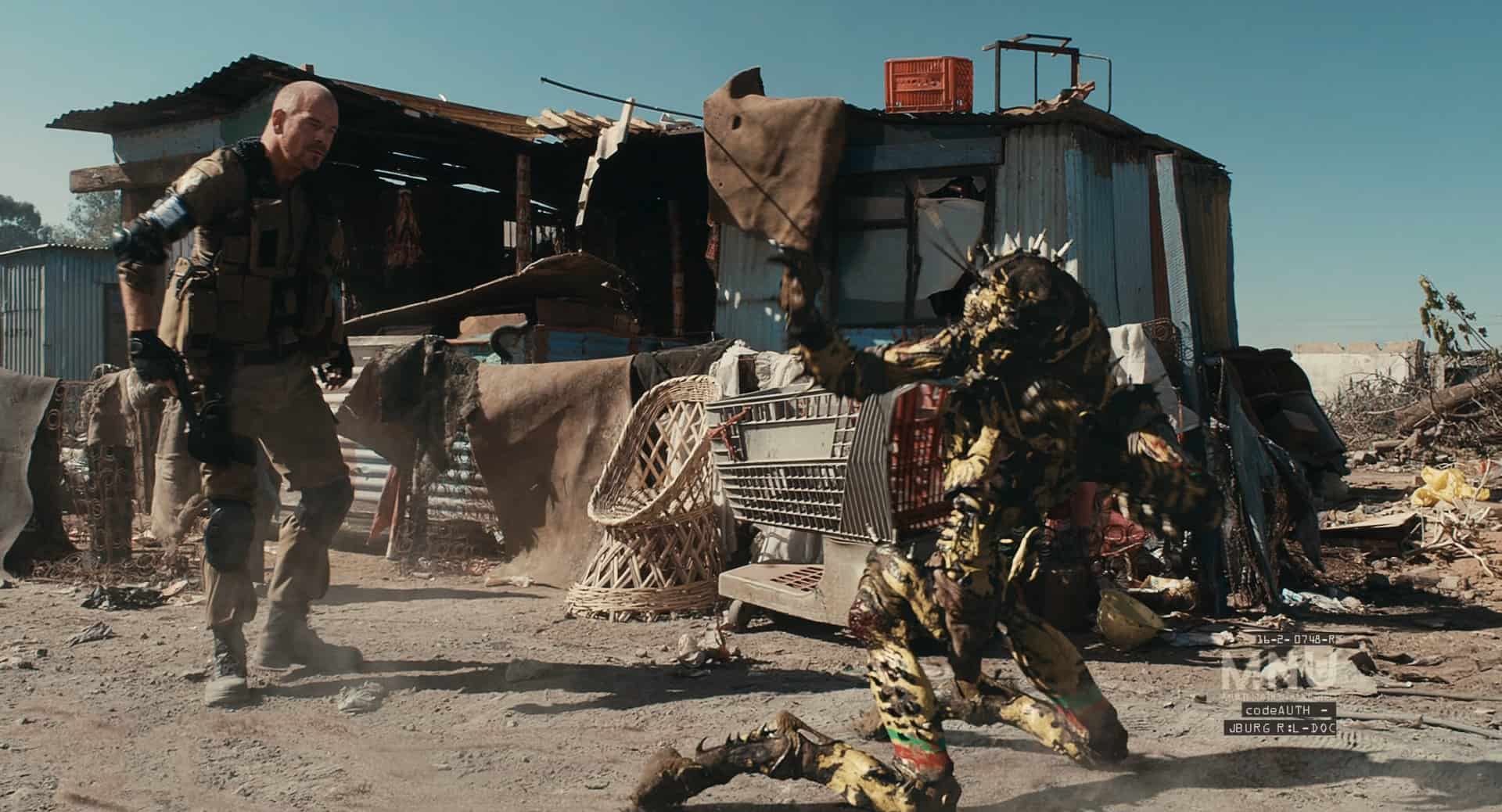
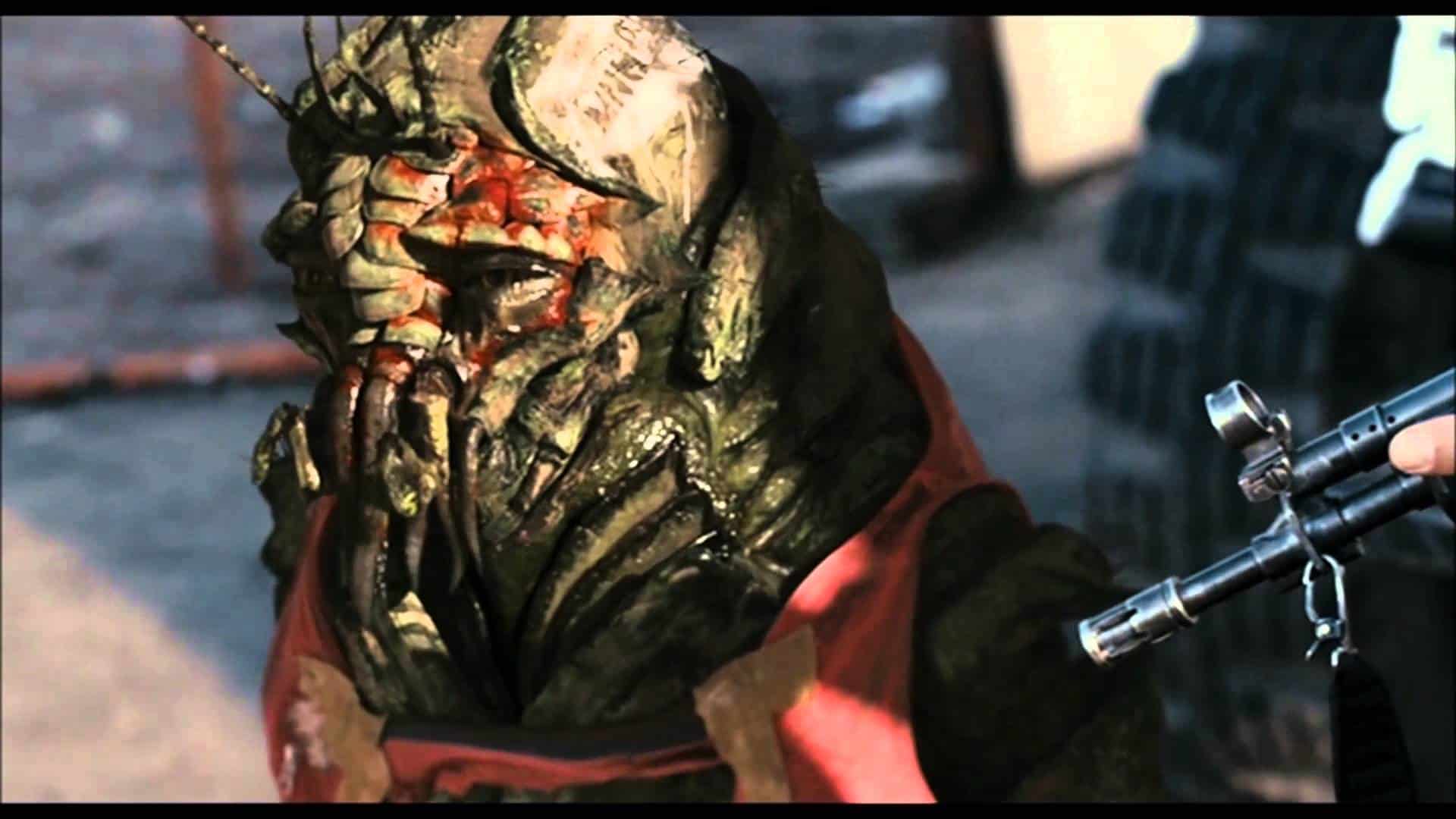
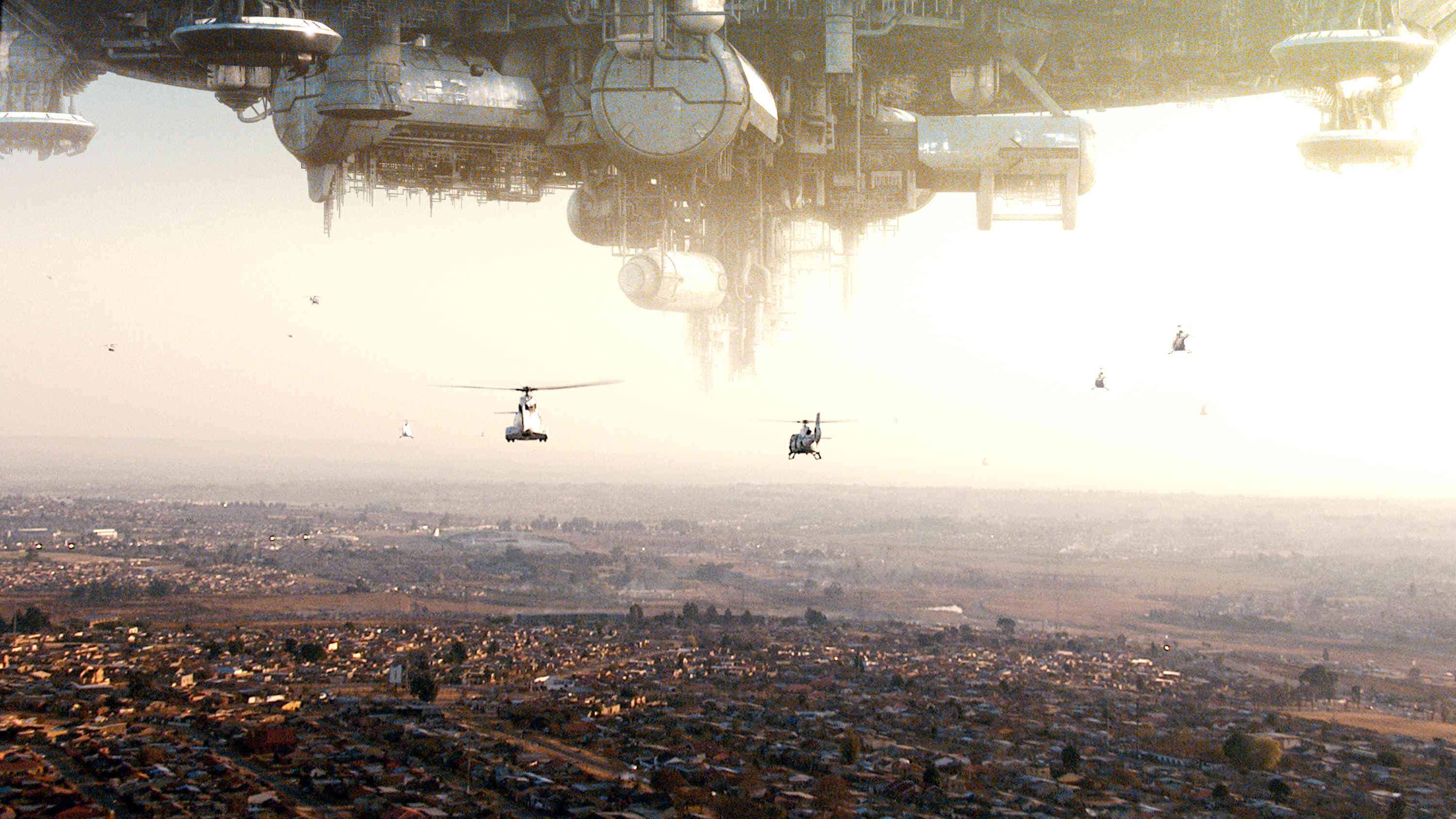
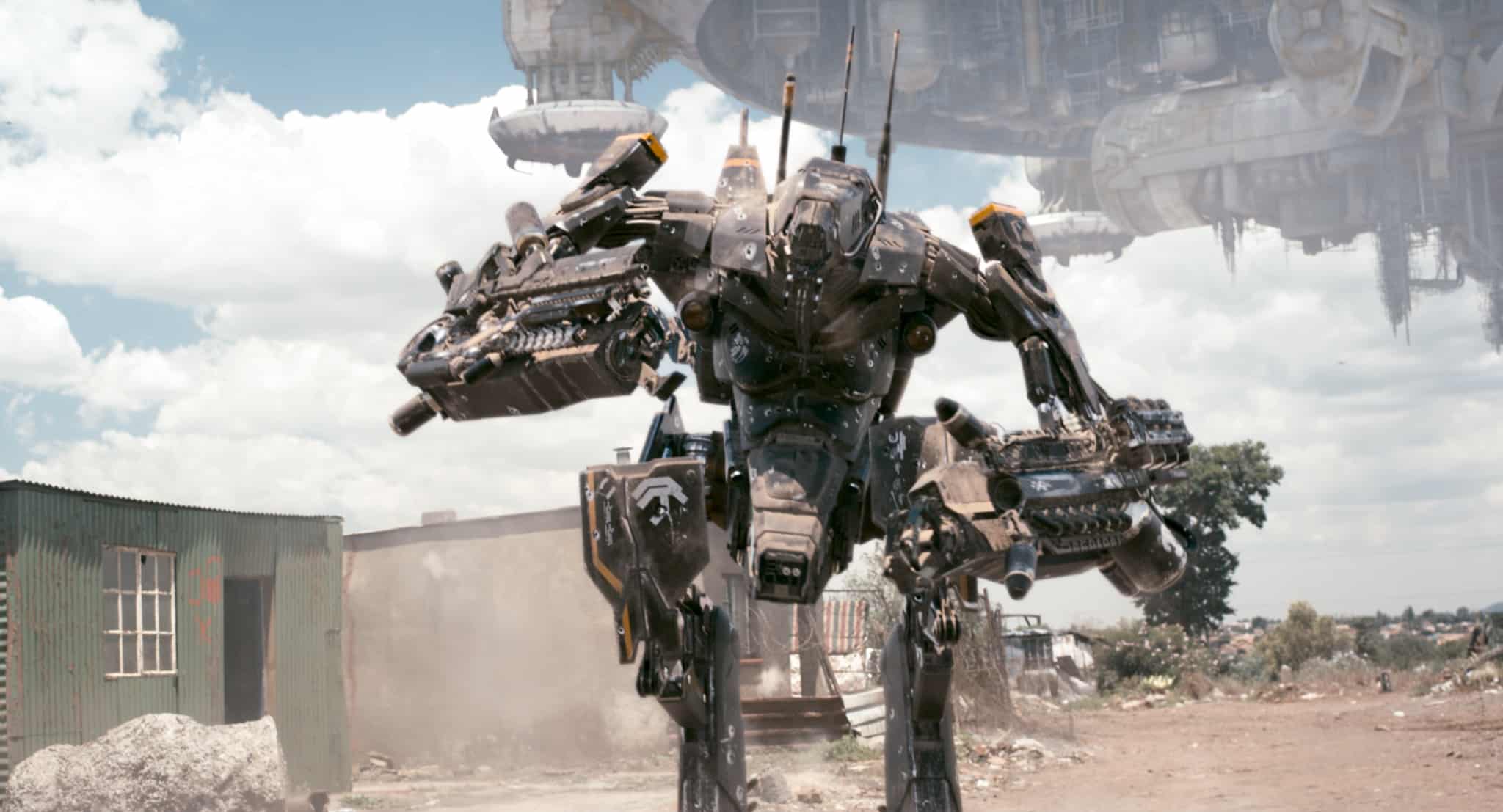

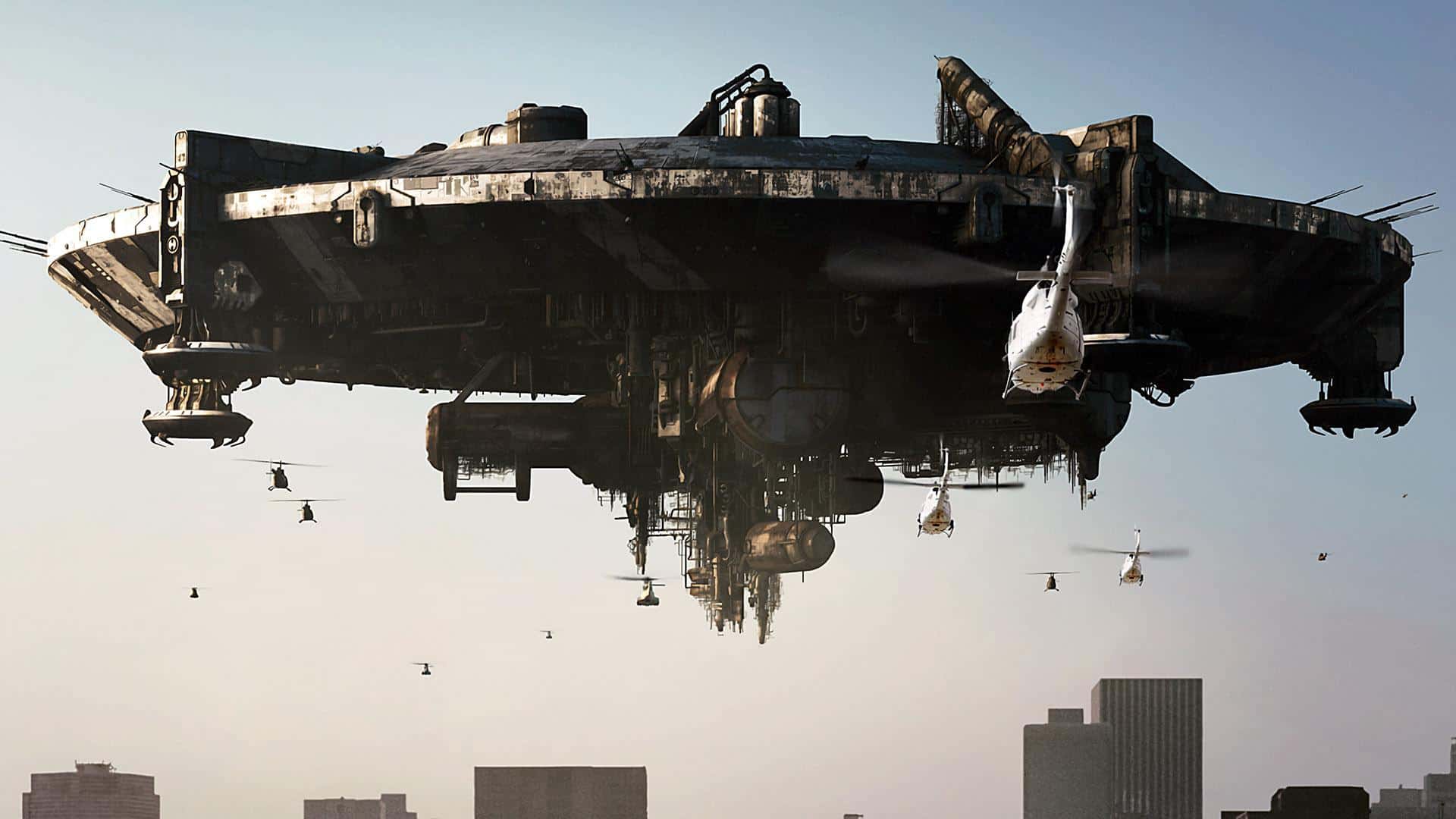
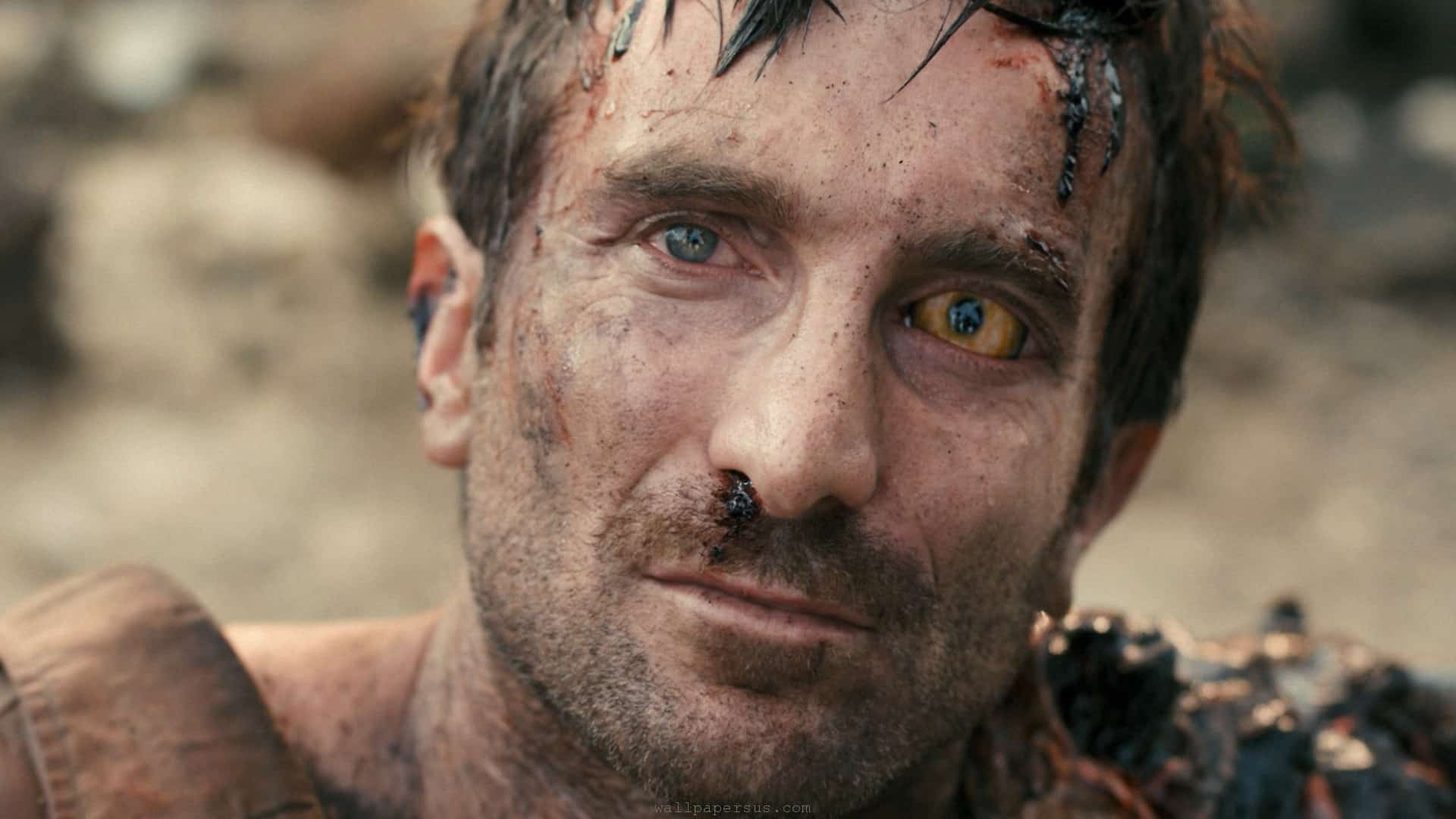
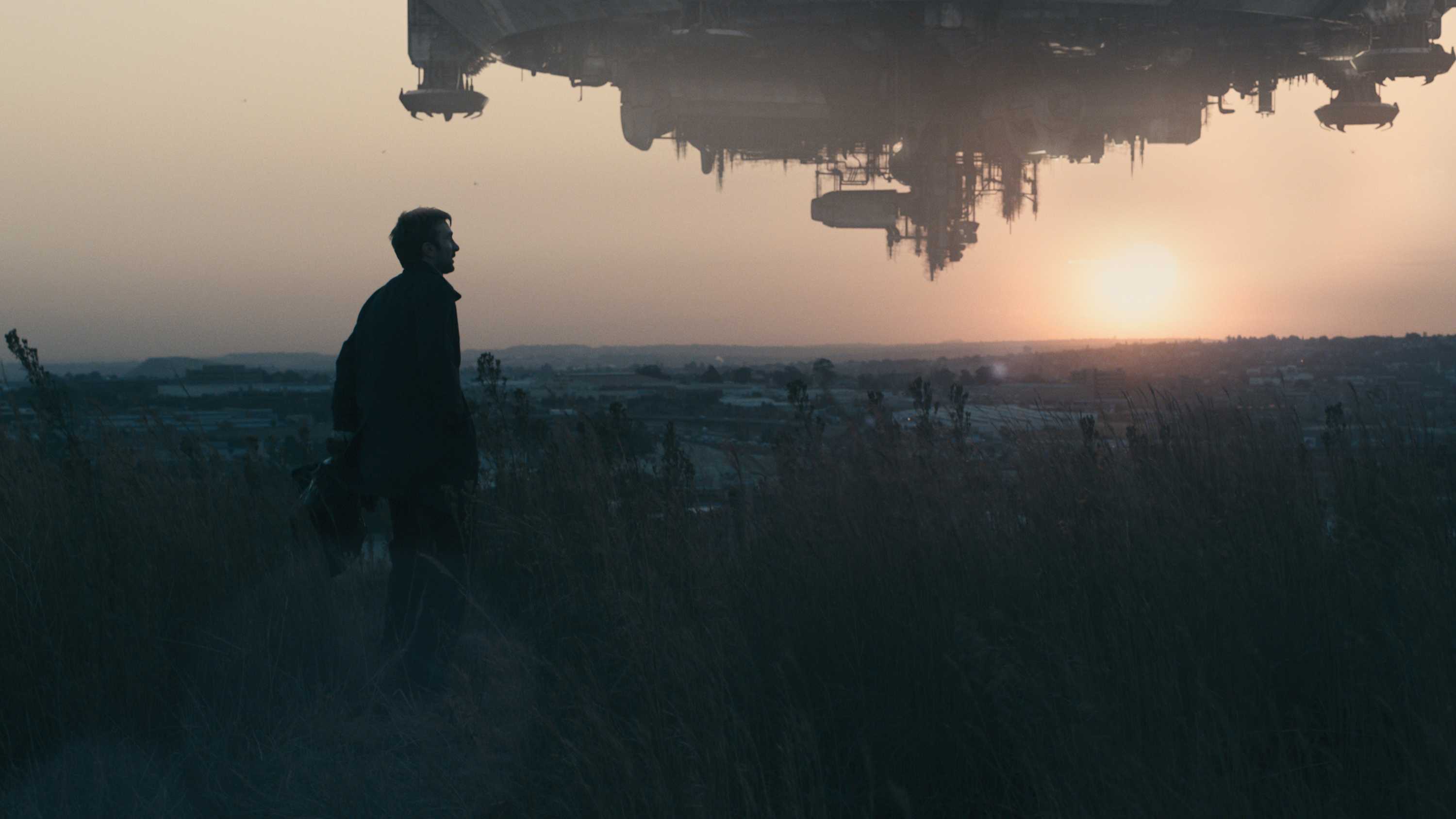

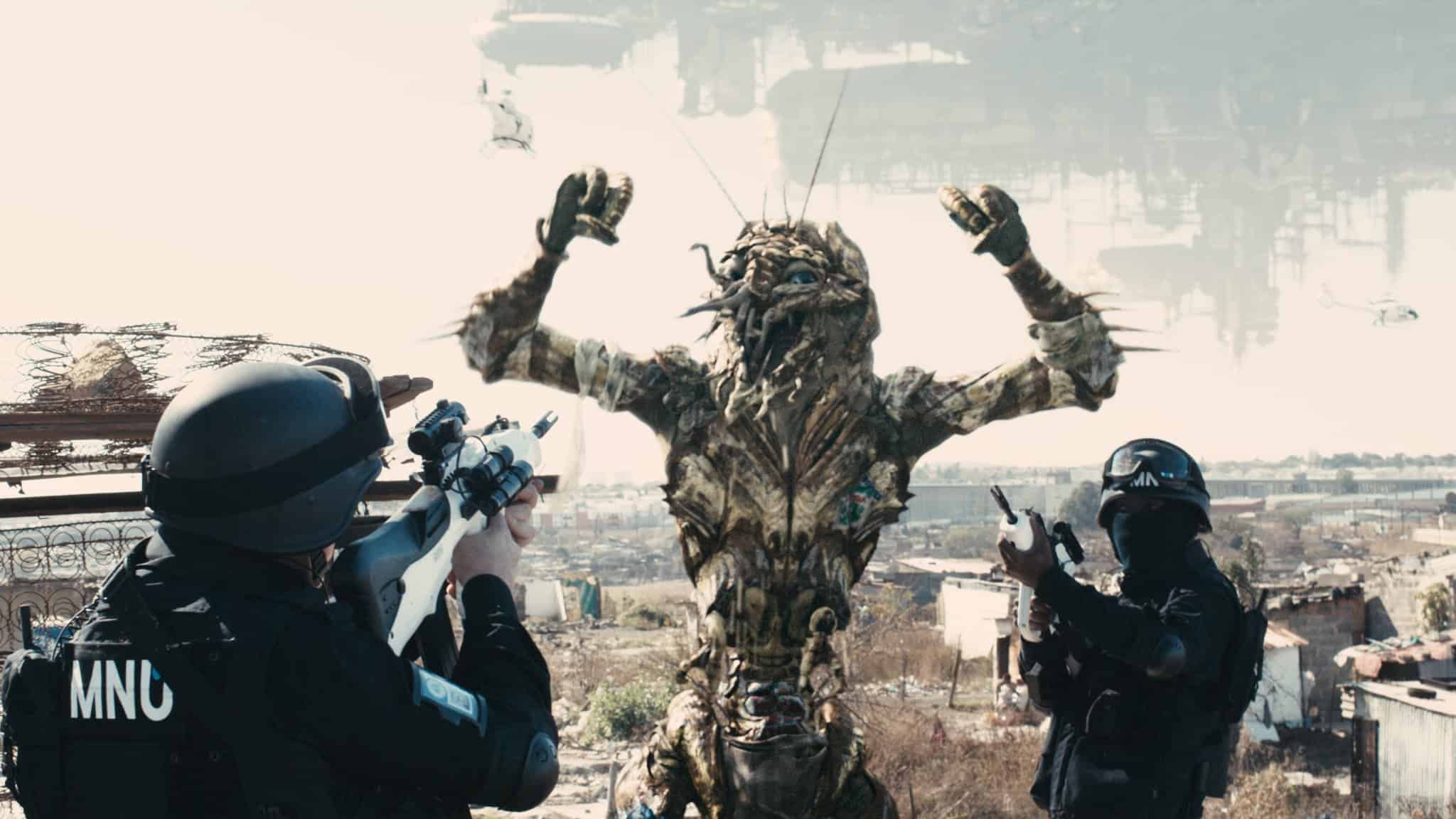
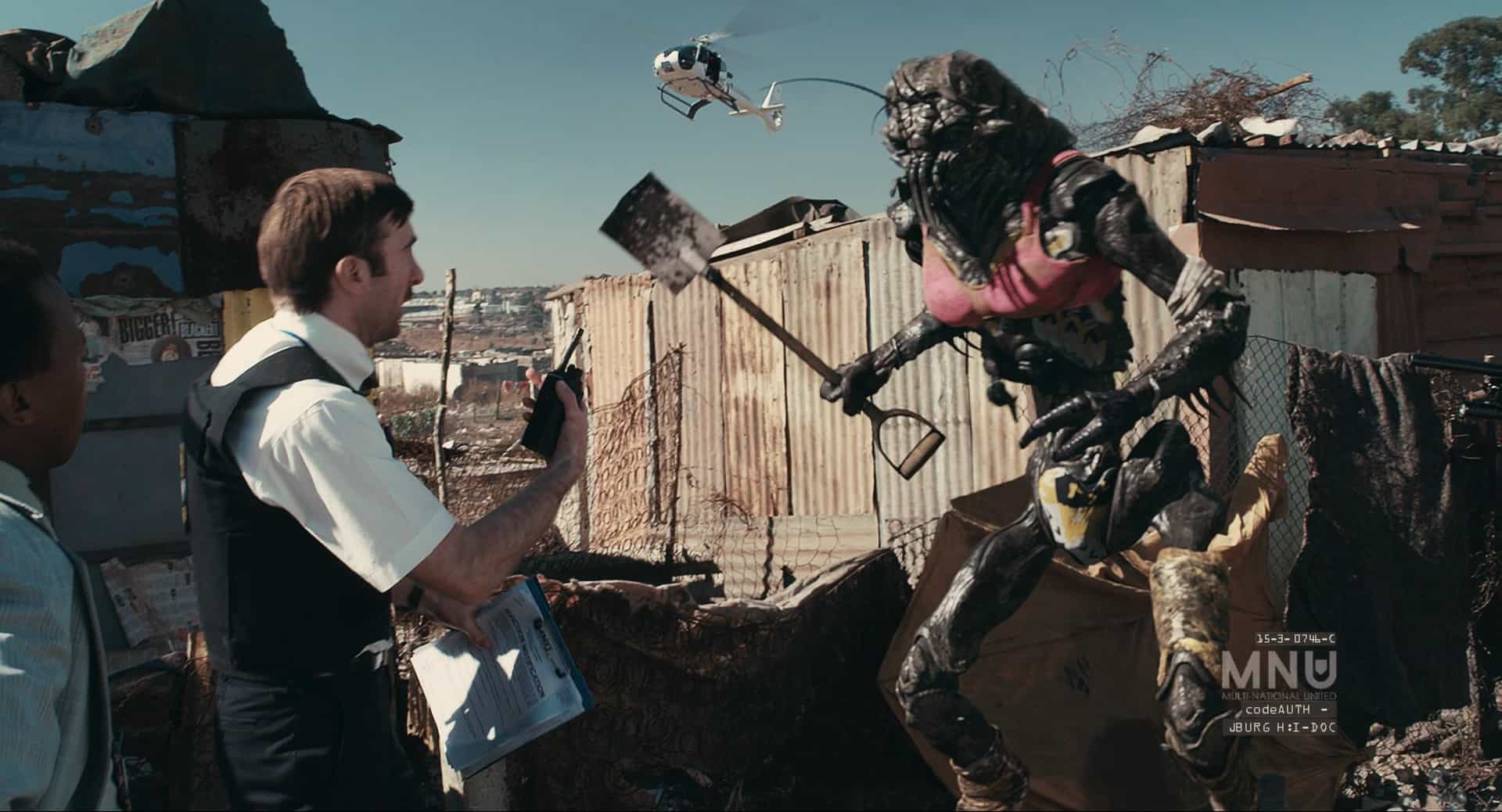

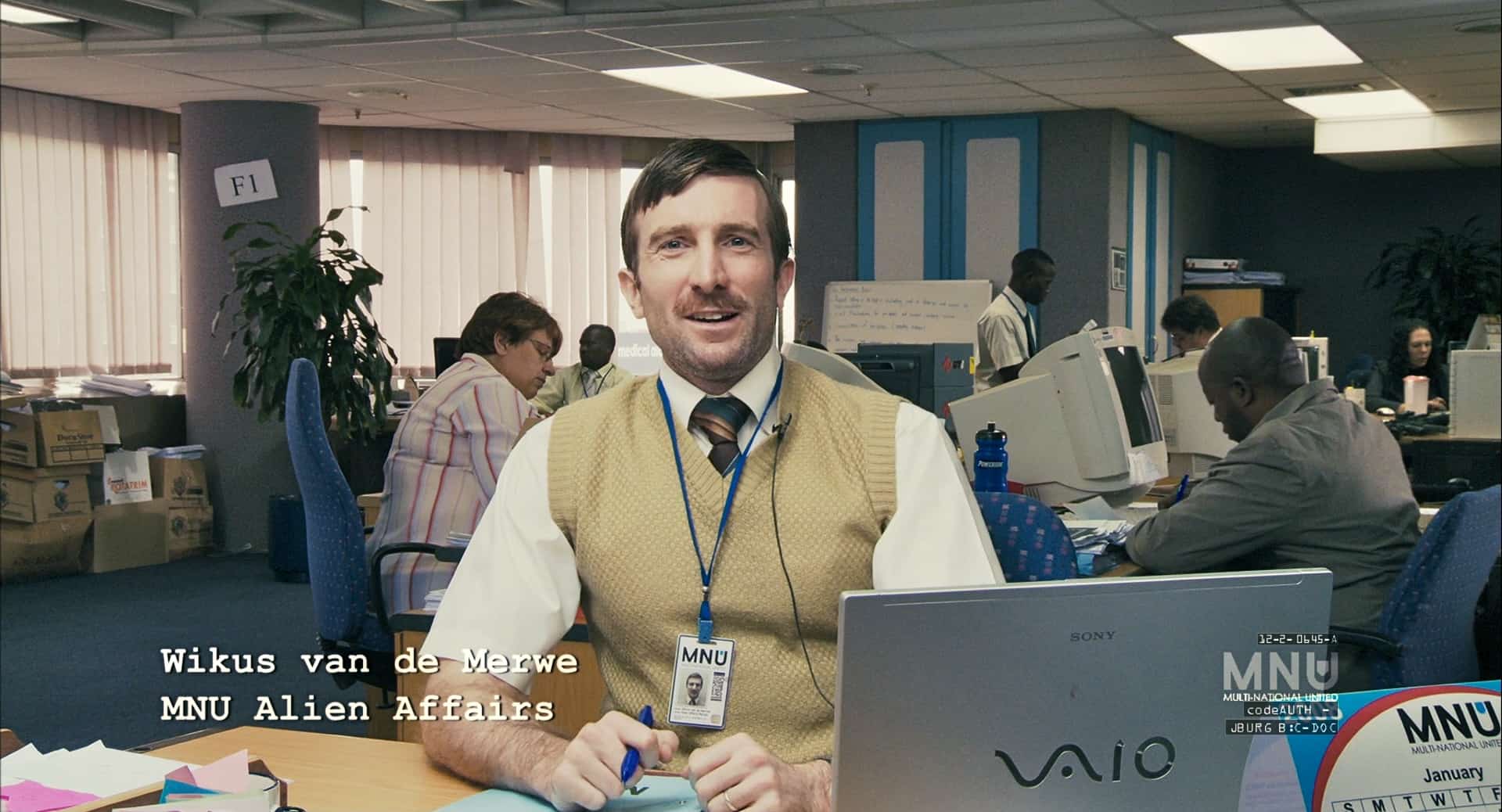
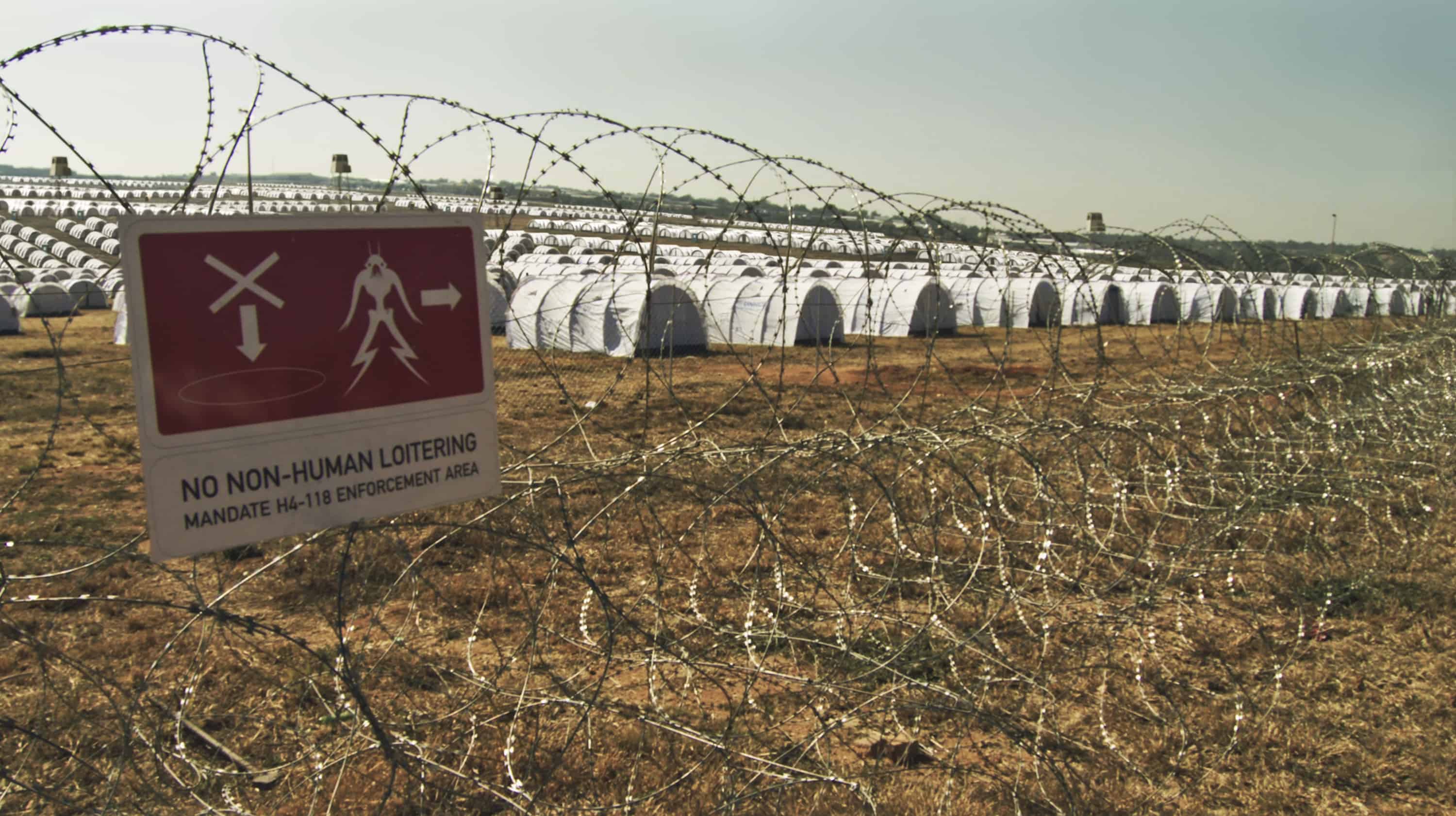
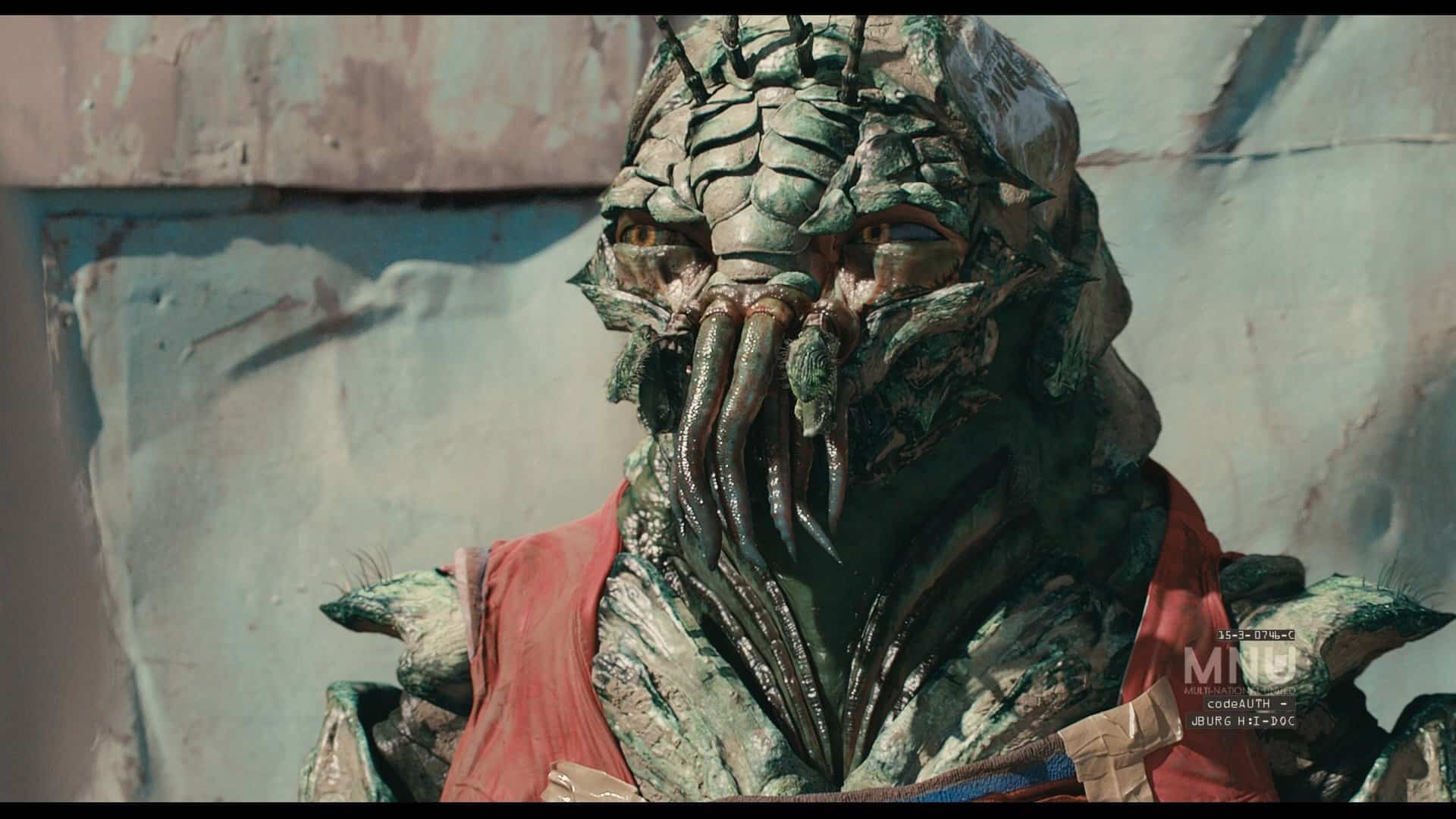
Featured Videos
Official Trailer
Comments
Loading comments...